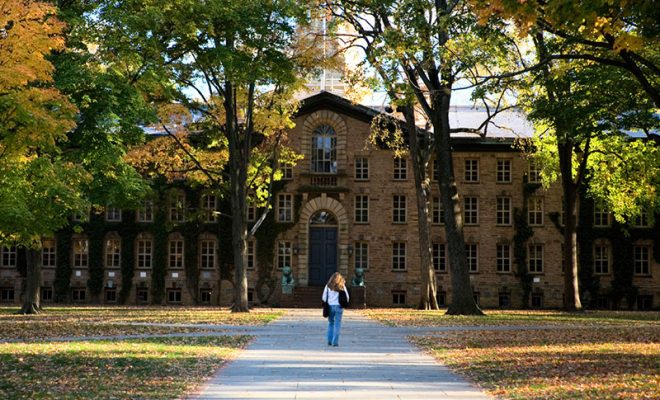Low-Income Students at Elite Institutions: Are They Unicorns?

Low-income students have incredible obstacles to overcome to reach college.
They need to deal with poor public schools that hold back students living in low-income areas due to the property tax funding system. Low-income students also have poorer access to college-readiness and preparation resources. They’re even less likely to have help figuring out financial aid, even though they qualify for it.
A report from the Jack Kent Cooke Foundation shows that nearly 1 in 4 high-achieving, low-income students navigate the college process entirely on their own.
While it doesn’t hold all students back, low-income, high-achieving students make up only 3 percent of the student bodies at elite colleges.
Yes, low-income students at elite institutions are unicorns. But they shouldn’t be.
How Can We Boost Enrollment Rates of High-Achievers?
There’s no easy answer to helping more high-achievers reach elite colleges because of the host of factors at play.
However, elite colleges can take steps to not only attract those students but to help them overcome the barriers they face in getting in. This must go beyond providing more grants and scholarships and take a more hands-on approach.
According to the Jack Kent Cooke Foundation, who conducted the survey about high-achieving, low-income students, colleges can take steps to improve transparency in the admissions process and reduce the number of fees thrown at colleges.
Here are a few ways they can do so:
Making Fee Waivers Easier
The Jack Kent Cooke Foundation survey found that concerns about college costs discouraged one out of three high-achievers from even applying. These costs include room and board, but even the application fee can put students off.
What is more, those students aren’t sure whether that fee would be waived or if they qualified for a fee waiver.
More transparency will allow students to apply in the first place.
Providing Access to Visits
Most high-achieving students from low-income backgrounds never visit their school of choice. They’re exposed only to the promotional materials disbursed by the school.
The inability to visit is problematic in many ways. First, they’re not able to see first-hand what it will be like to go to school there, leaving them with an intimidating impression of the elite college world.
Moreover, college brochures don’t typically feature low-income students, which is important for encouraging and inspiring them.
Pick Up the Slack from Public Schools
Many students are first-generation college students whose parents don’t have first-hand knowledge of the college application system. They then have to rely on community resources, like public schools, which are too often overwhelmed with hundreds of students.
Elite colleges can reach out to these students by enabling students at the university to help high school students via their alumni networks.
At the end of the day, elite colleges benefit from the contributions high-achieving, low-income students make to their campuses, and it’s not enough to wait for those students to come to them.
Has your university set a plan to help the best and brightest reach their goals? Share your thoughts here.






